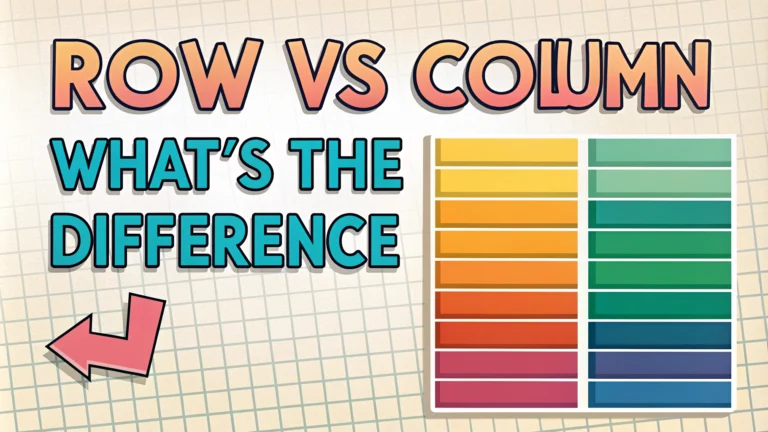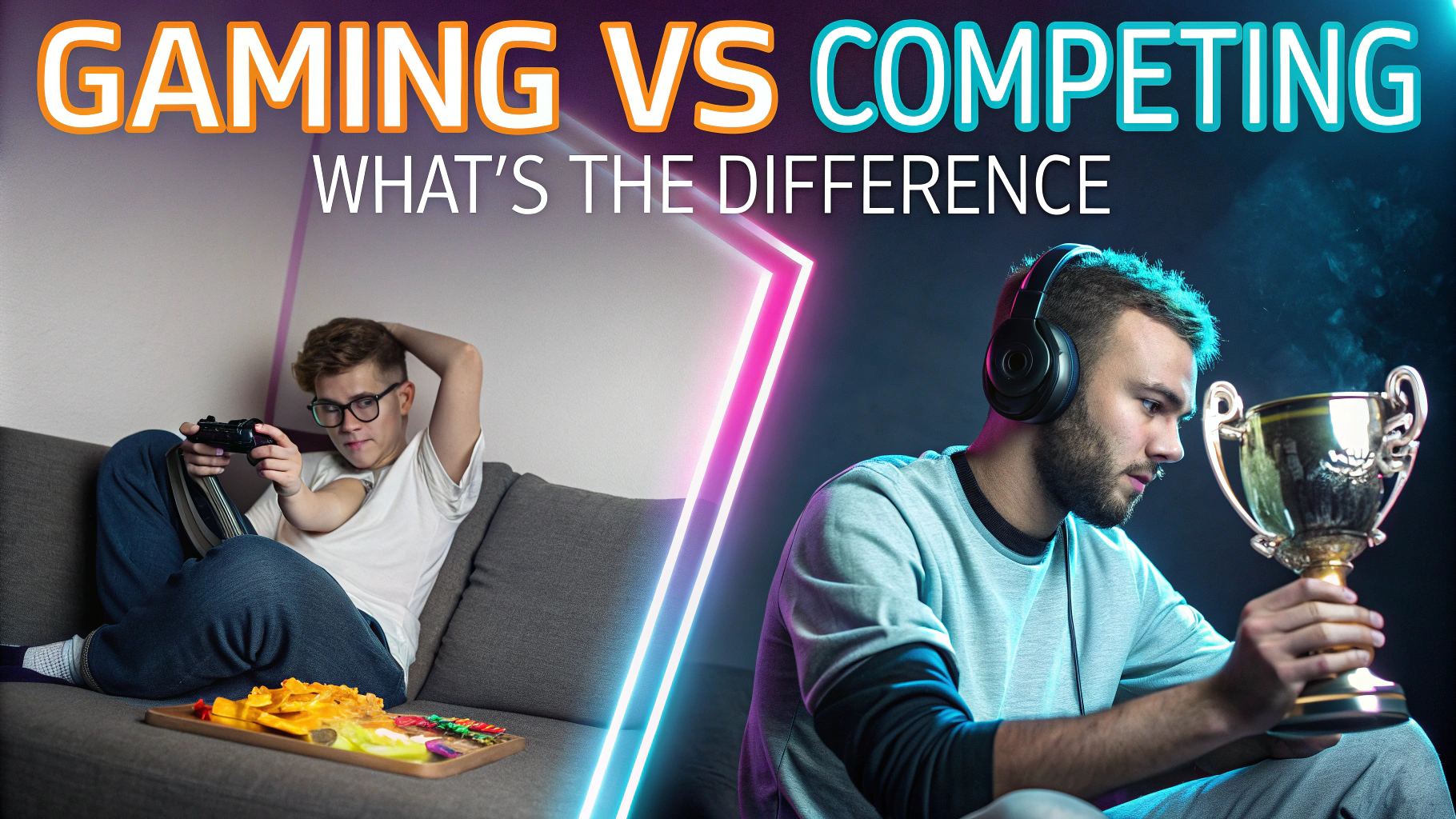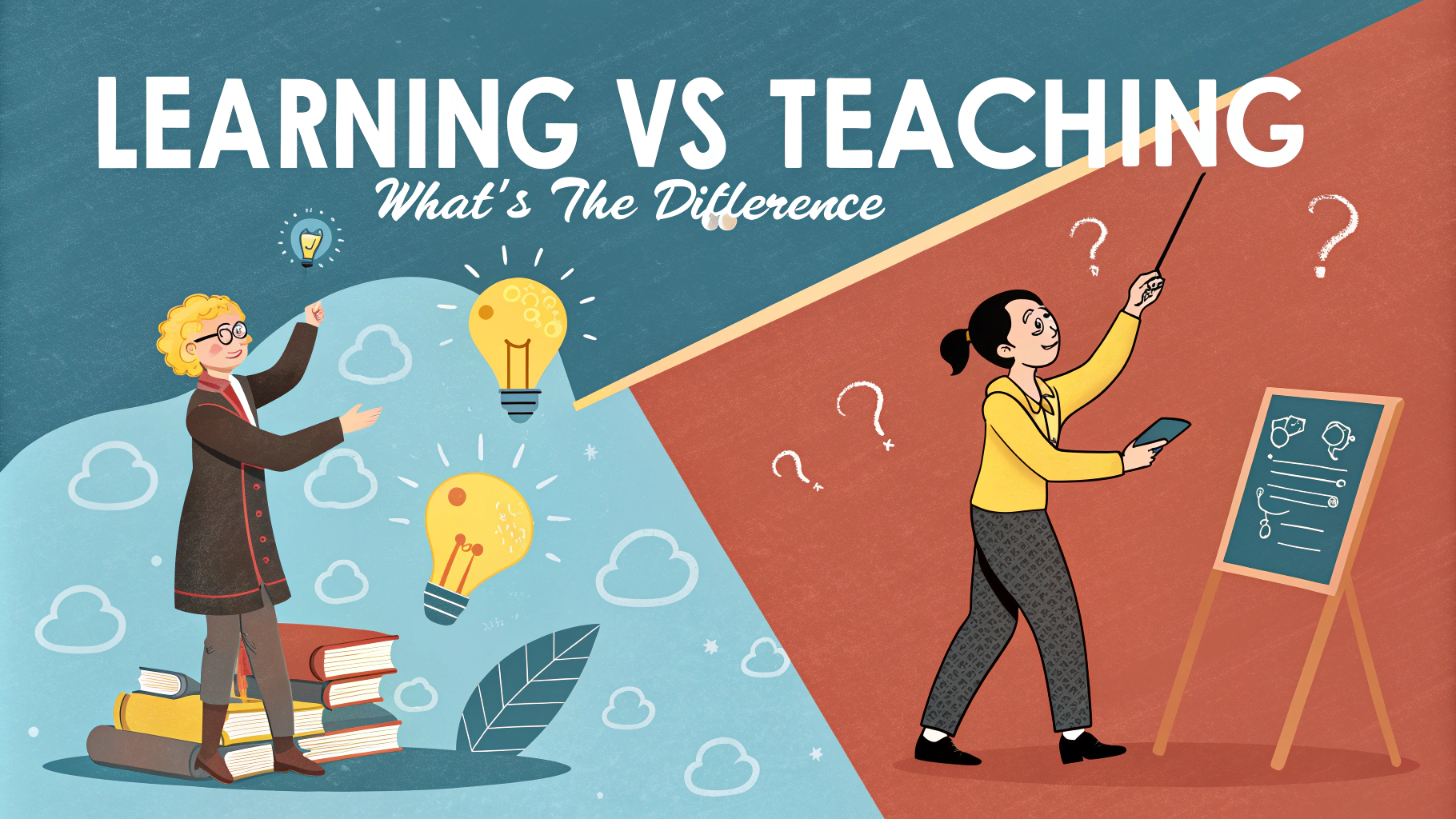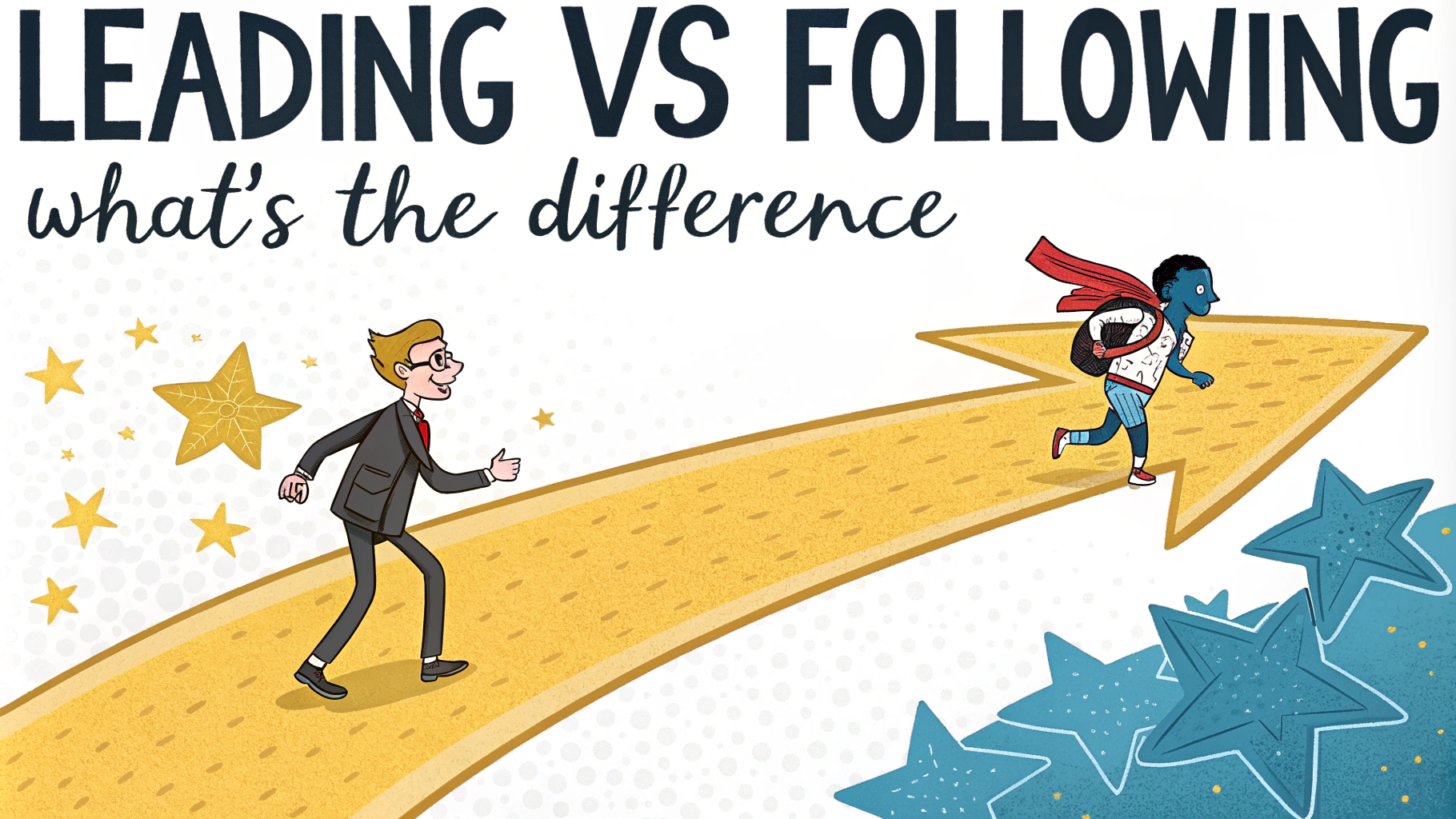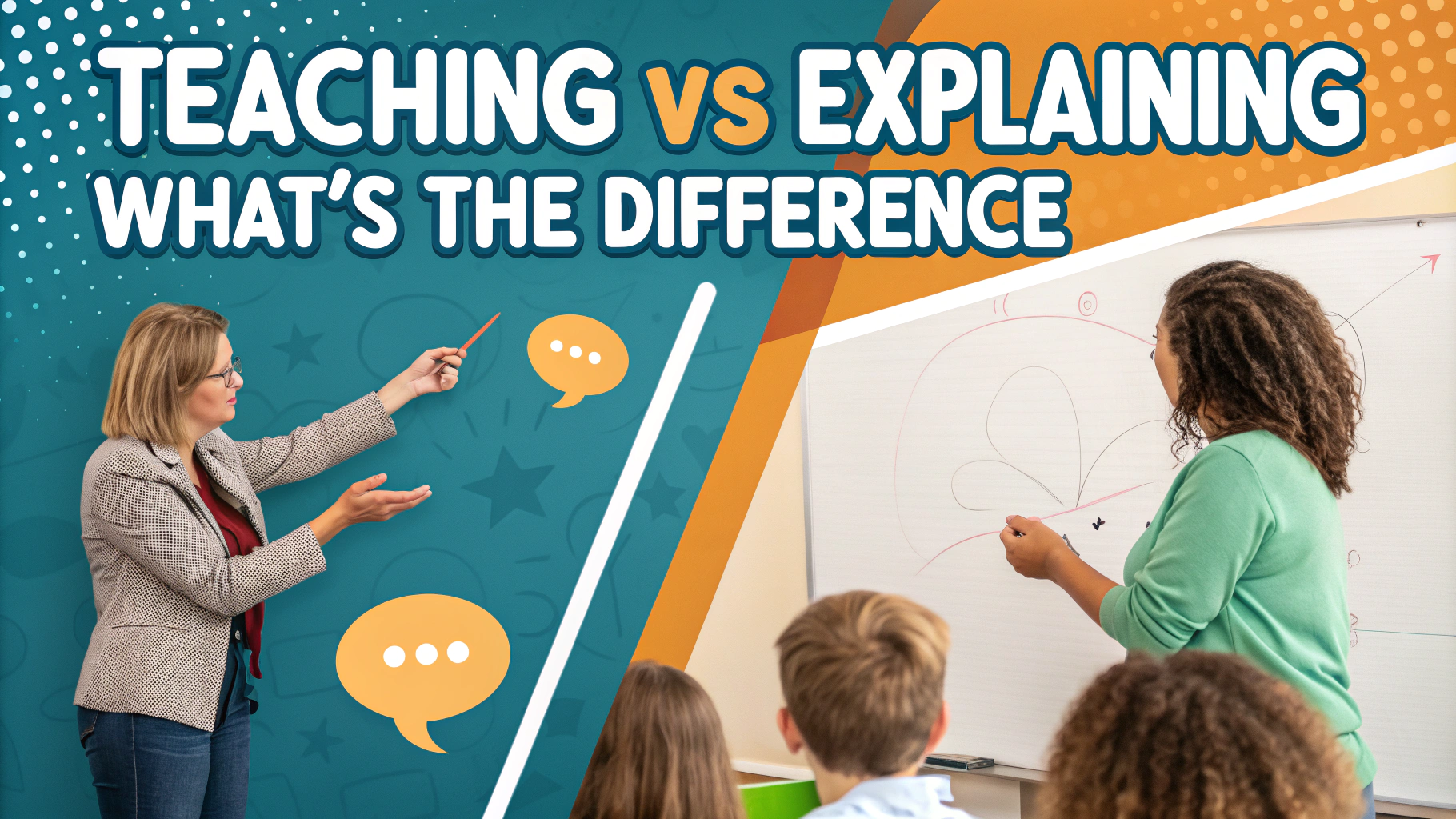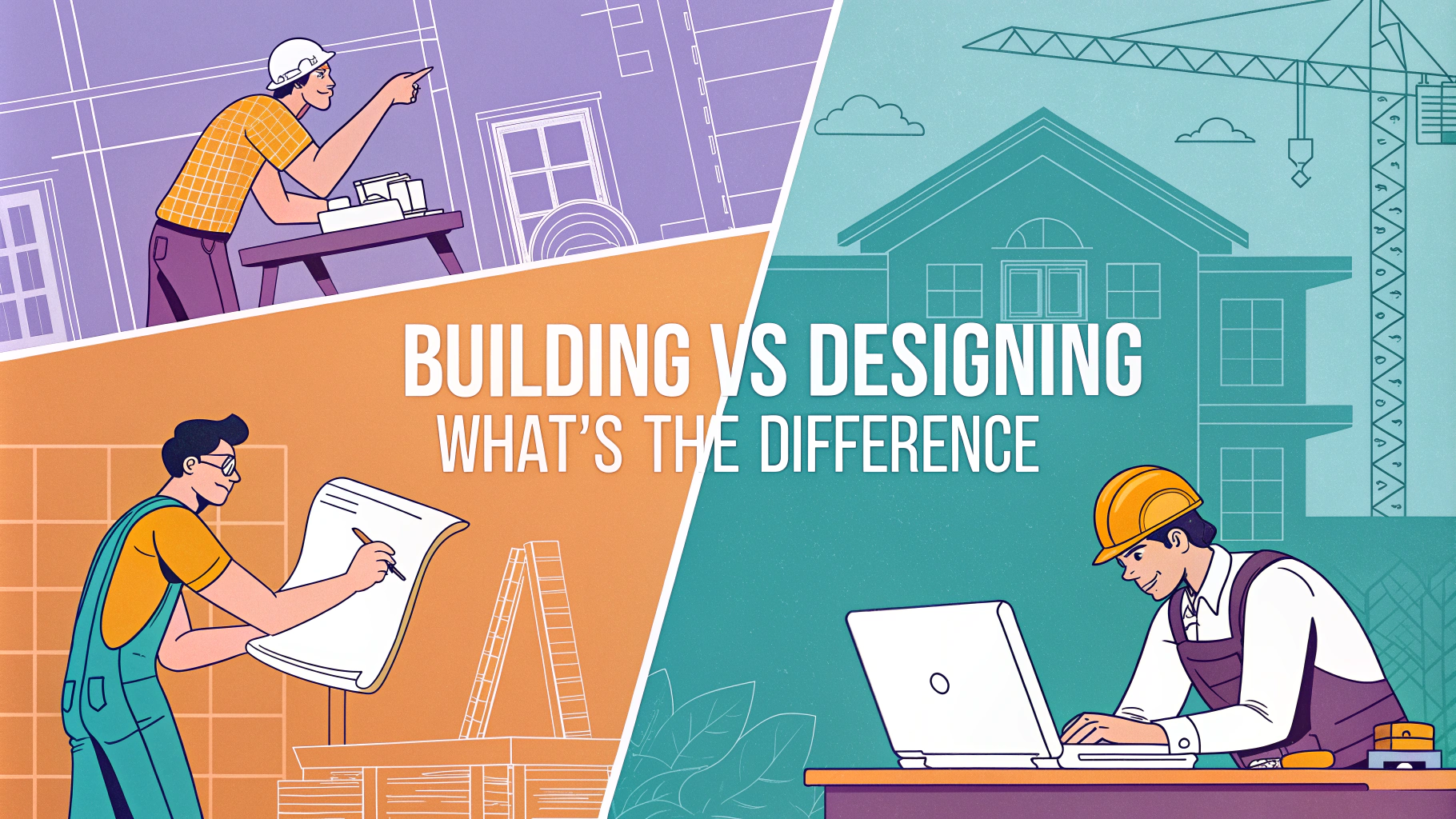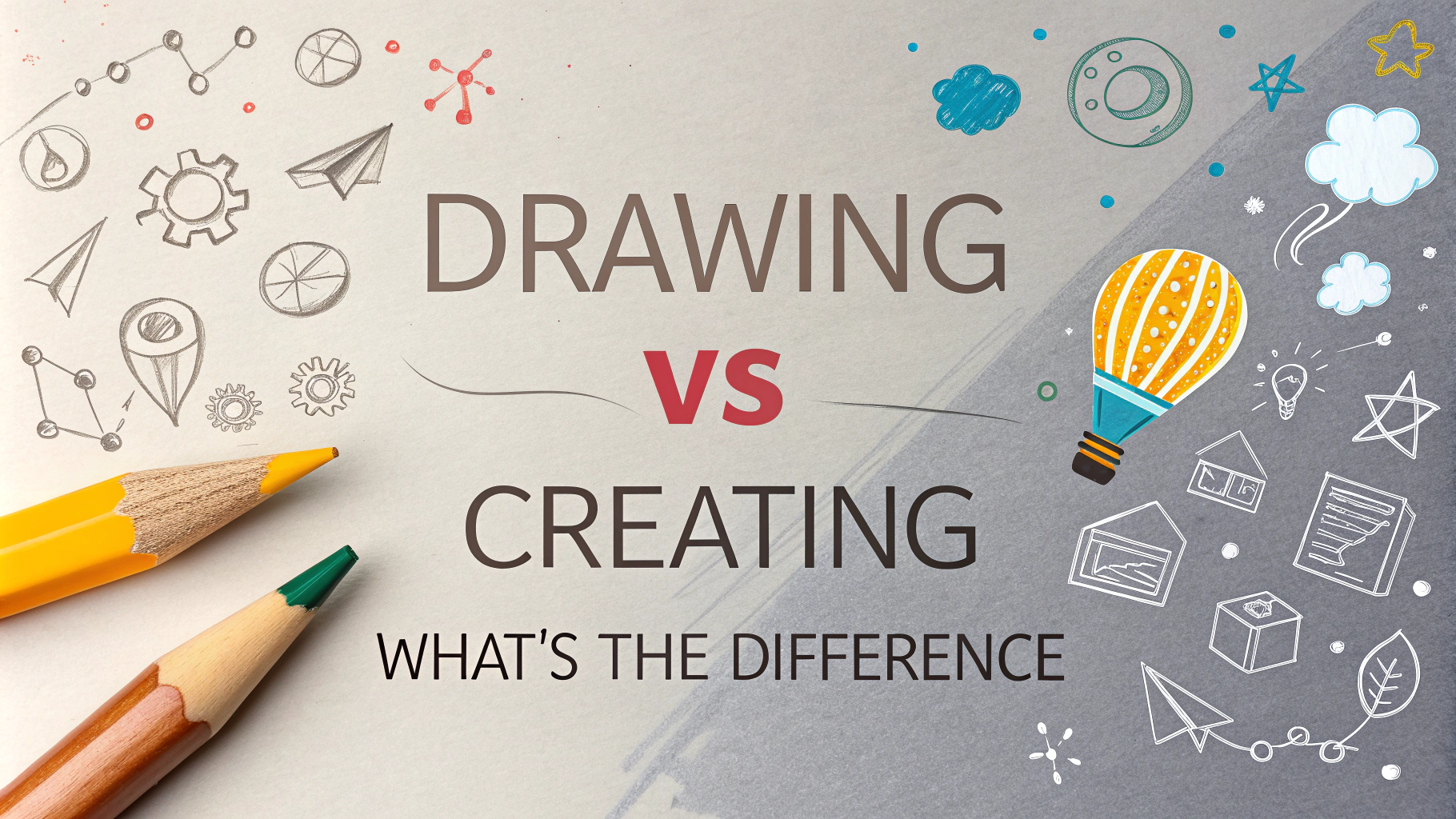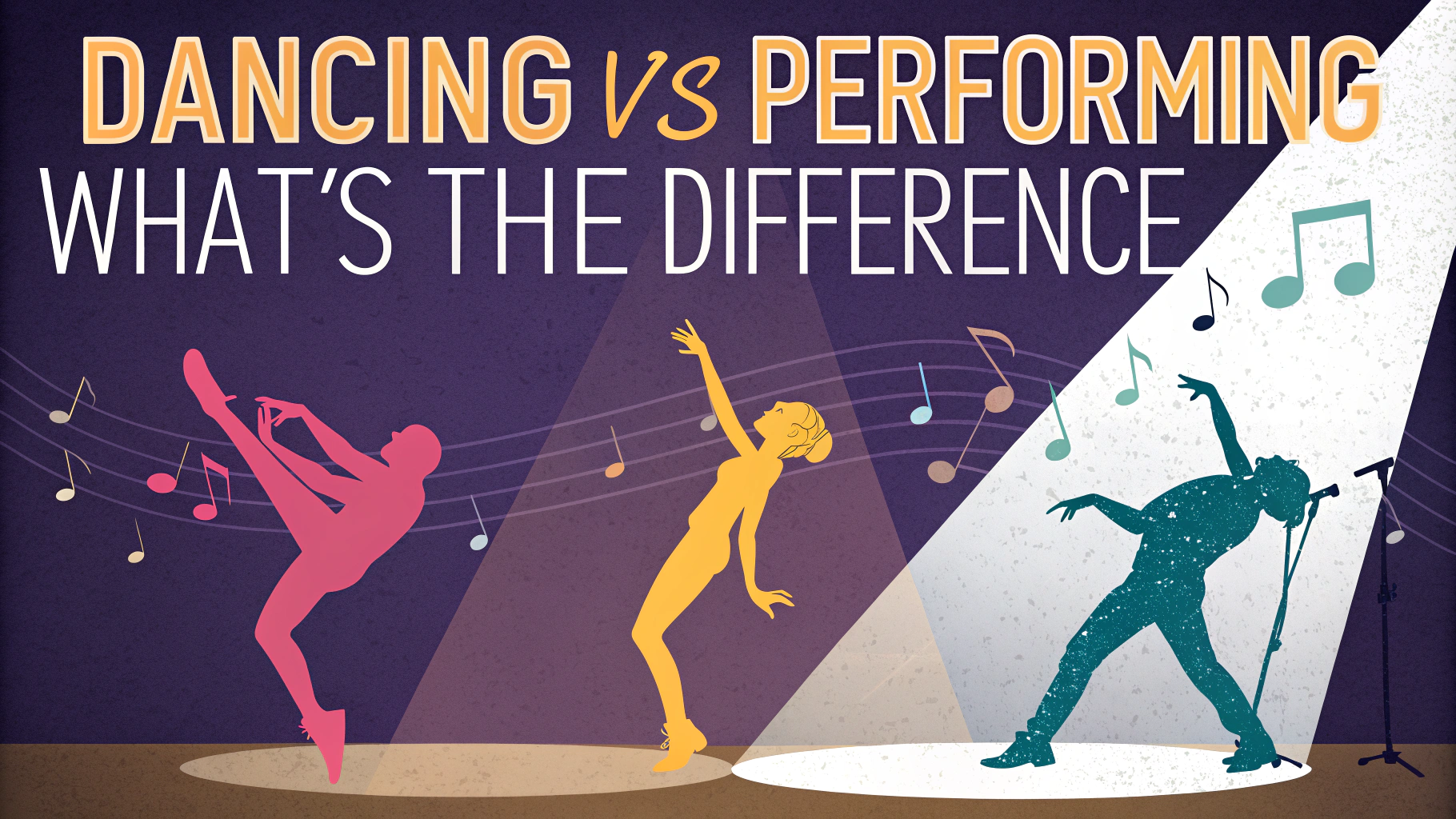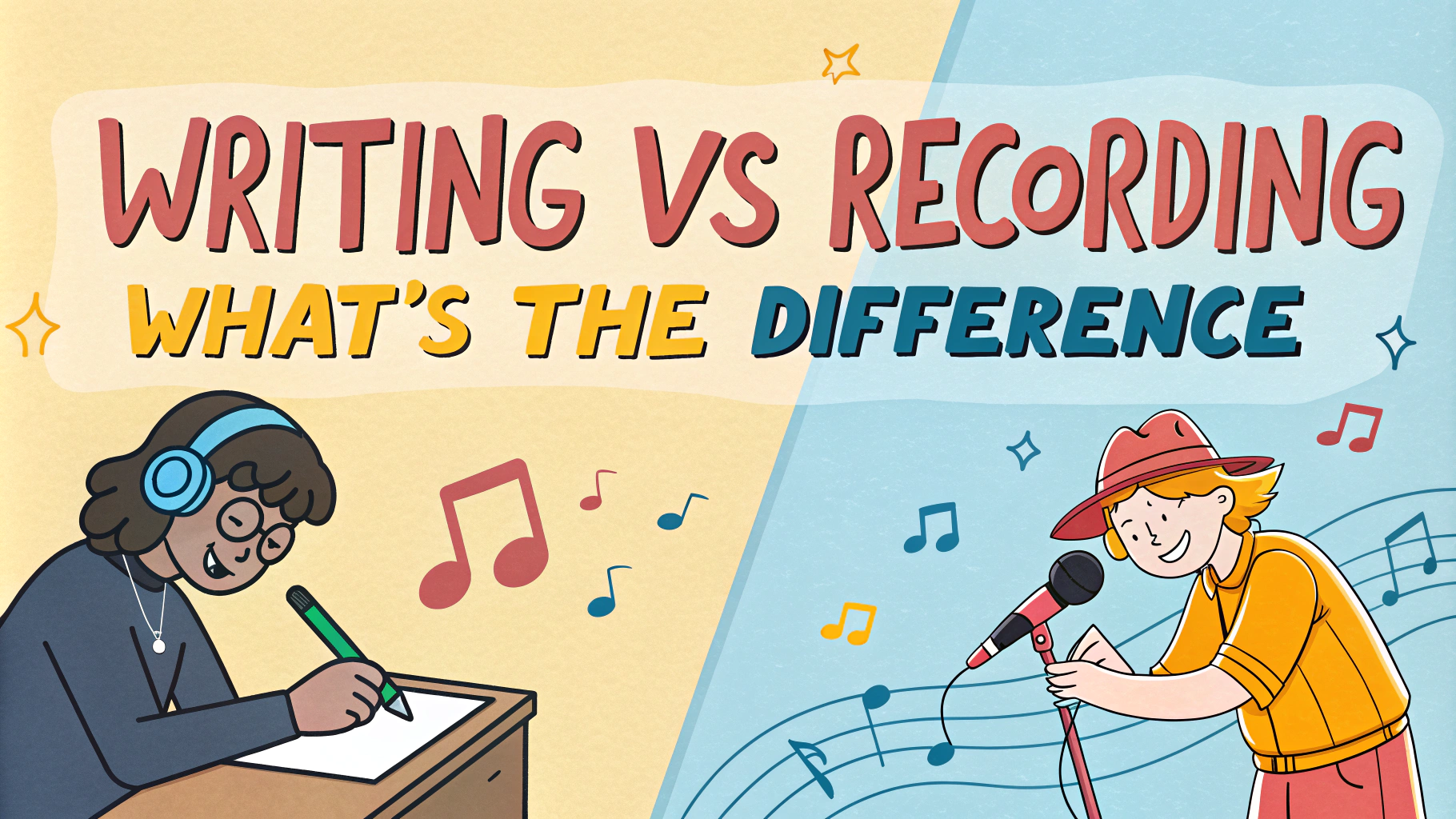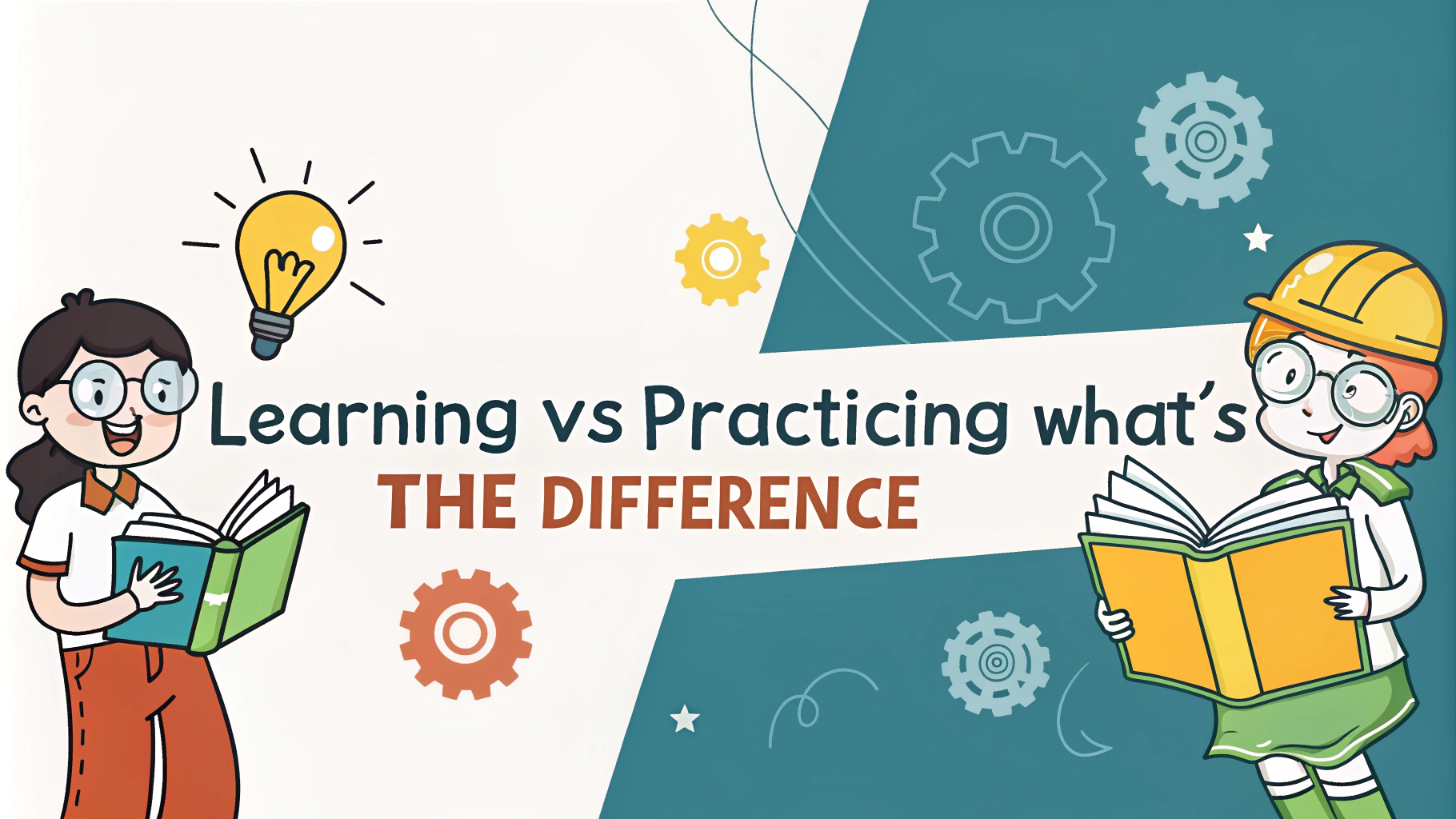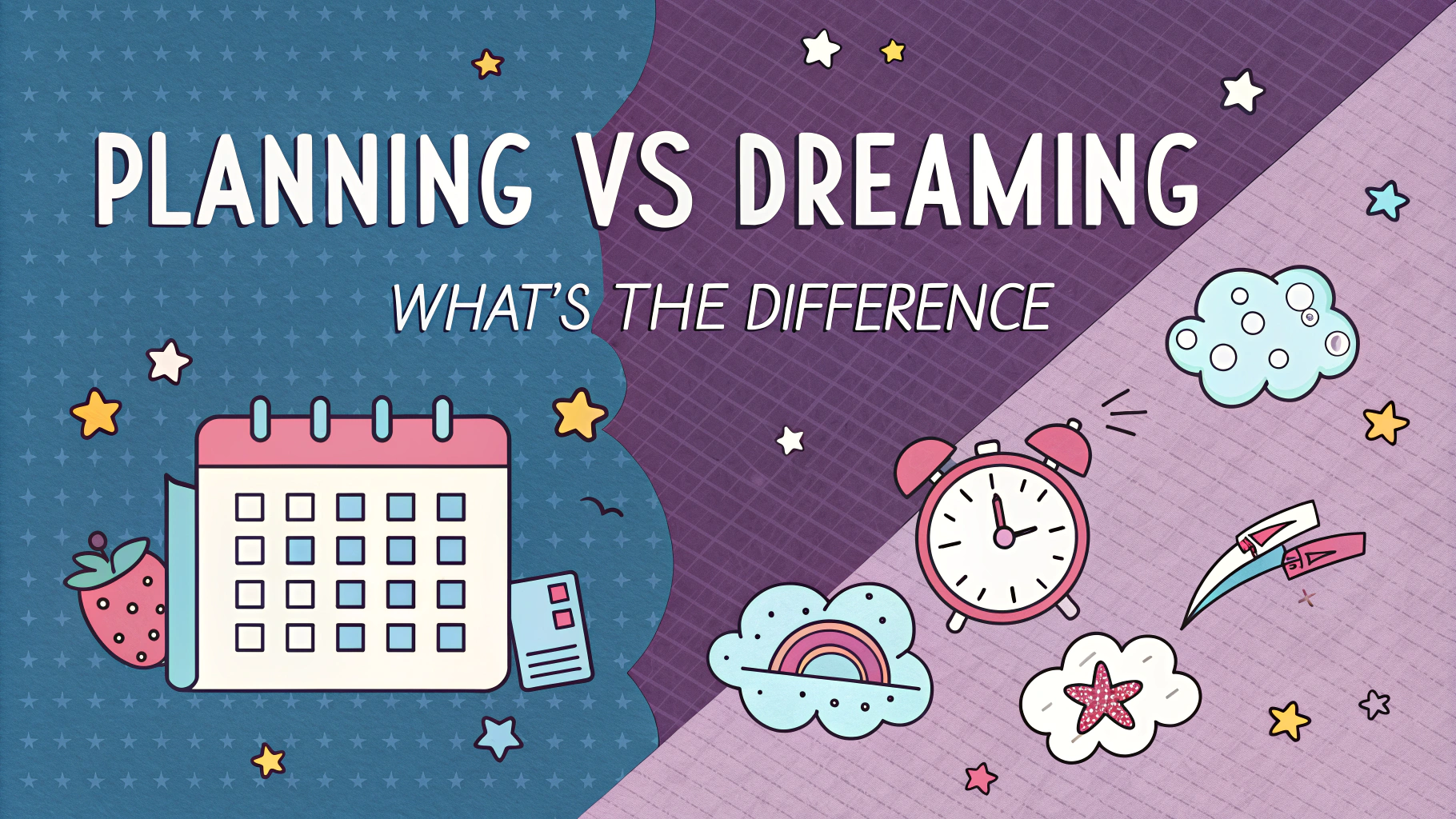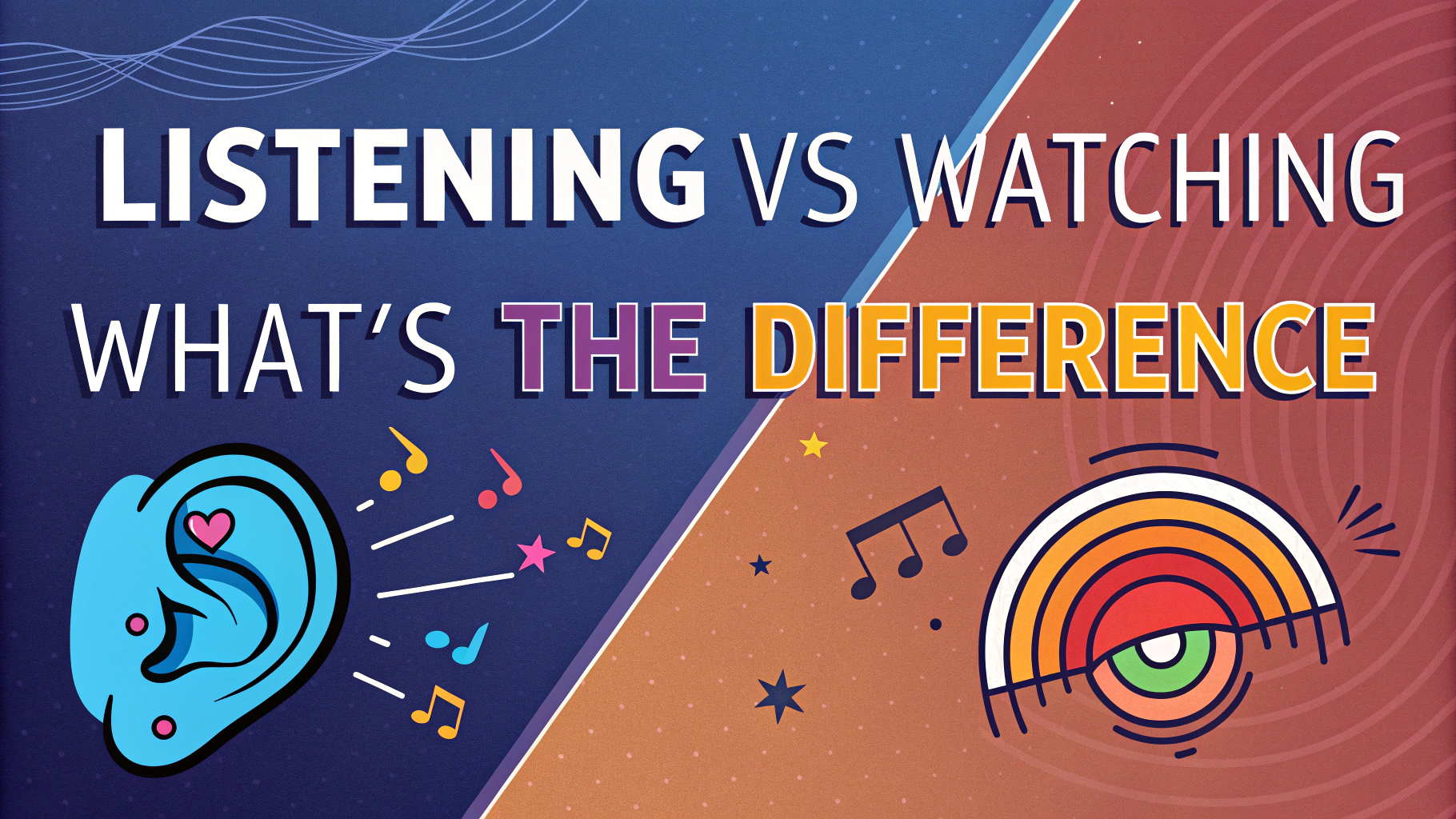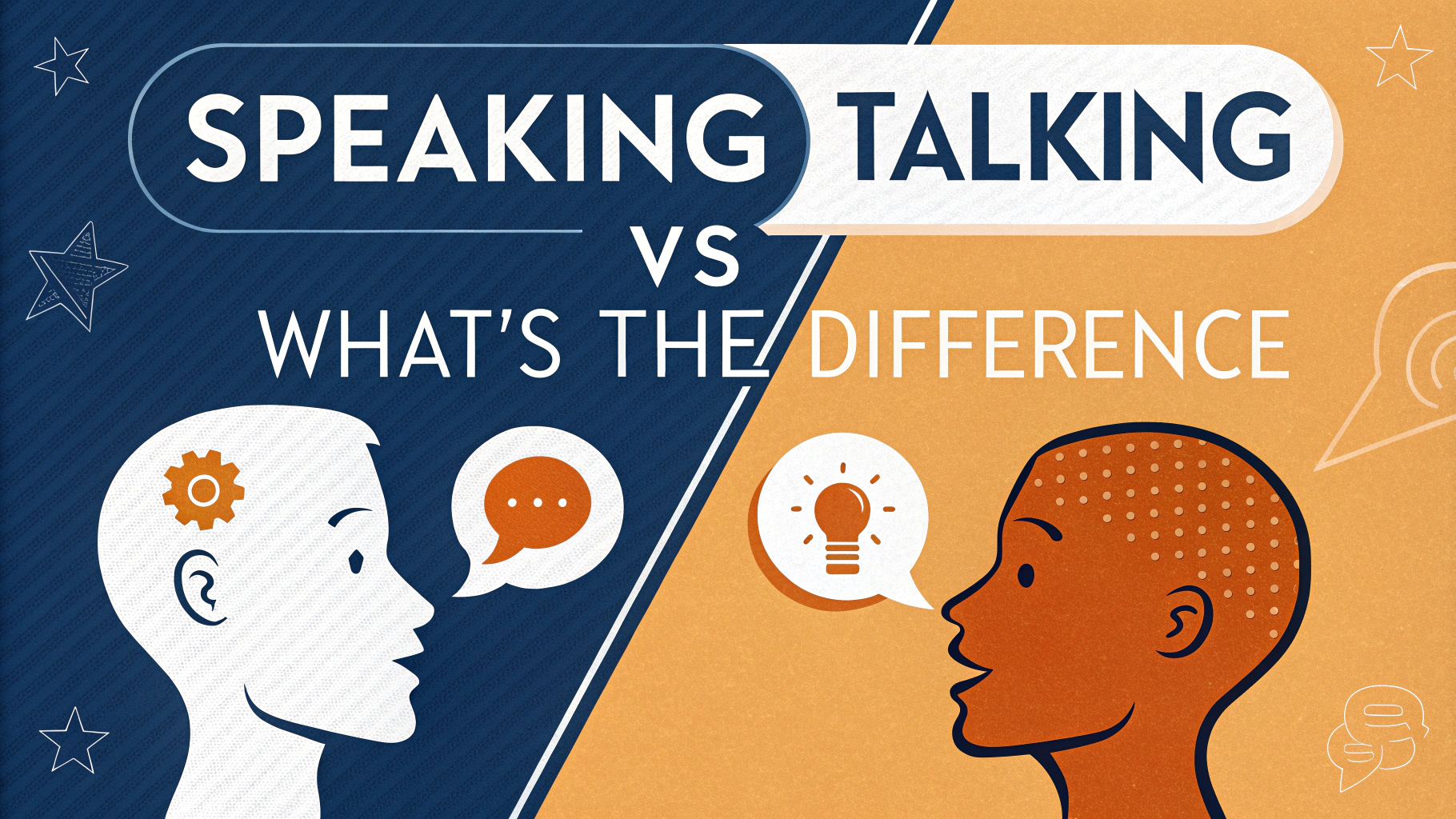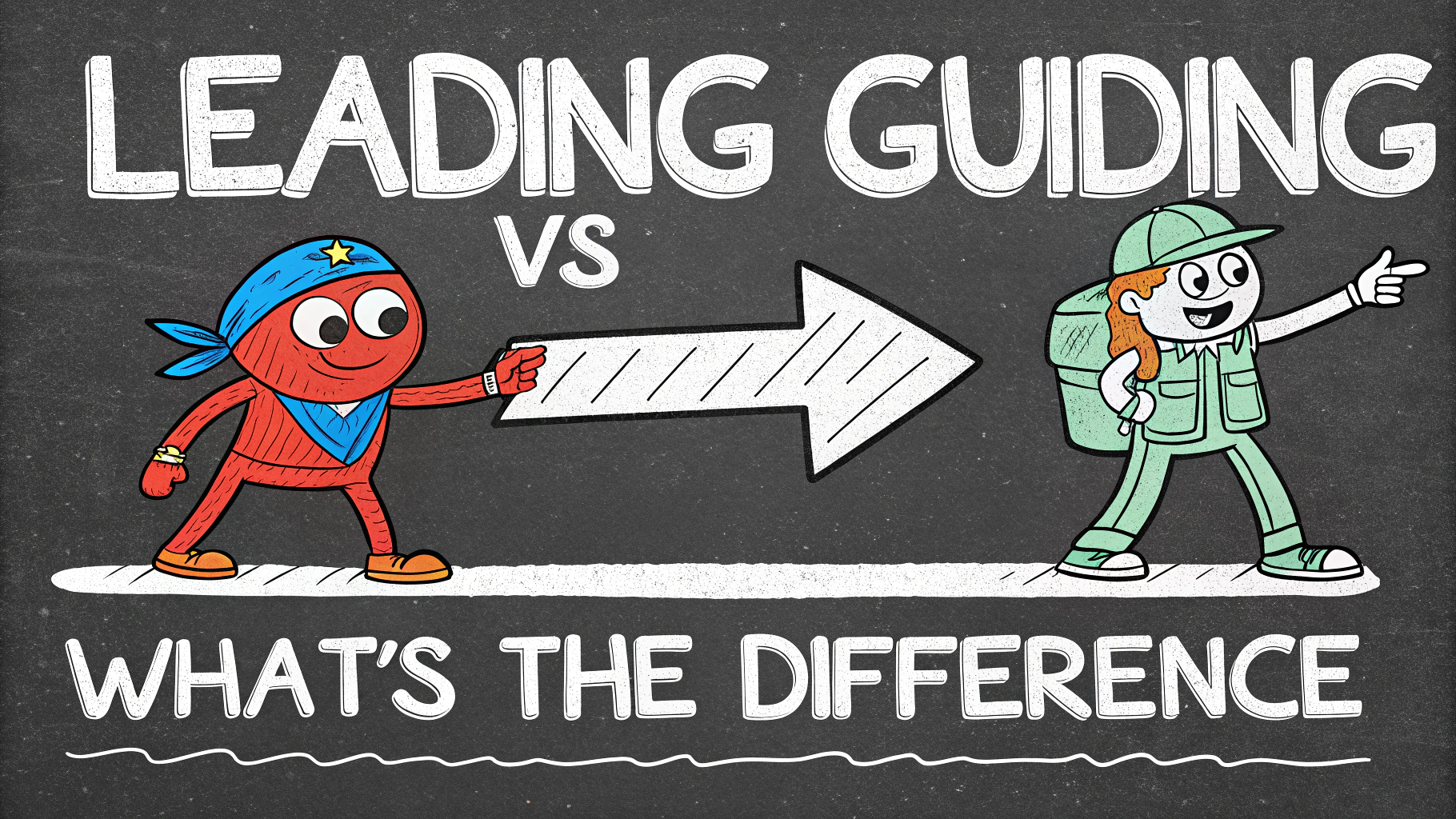Rows and columns form the backbone of data organization in spreadsheets, databases, and web design. Their proper use can significantly impact data readability and analysis efficiency.
This guide explores the key differences between rows and columns, their applications, and best practices for using them effectively. We’ll cover layout considerations, data organization strategies, and tips for choosing between row-based and column-based structures.
Key Differences Between Rows and Columns
Rows run horizontally across a sheet or screen, while columns extend vertically. This fundamental distinction affects how data is presented and interpreted.
Key differences include:
- Orientation: Rows are horizontal, columns are vertical
- Data grouping: Rows typically represent individual records, columns represent attributes
- Sorting and filtering: Often easier to perform on columns
- Screen real estate: Columns are limited by screen width, rows can extend indefinitely
When to Use Rows vs. Columns
Choosing between row-based and column-based layouts depends on your data type and intended use. Consider these factors:
- Data type: Numerical data often works better in columns for easy comparisons
- Number of attributes: Many attributes favor row-based layouts
- Analysis needs: Column-based layouts facilitate quick statistical calculations
- User expectations: Some data types have conventional layouts (e.g., financial statements)
Optimizing Data Organization
Effective data organization enhances readability and analysis. Consider these strategies:
- Group related data: Keep similar information together
- Use consistent formatting: Apply uniform styles for clarity
- Implement headers: Clear labels improve understanding
- Balance white space: Adequate spacing prevents visual clutter
Mastering Row and Column Usage in Data Organization
Rows and columns are the building blocks of data organization. Understanding their proper use can significantly improve your data management, analysis, and presentation skills. This guide explores key strategies for optimizing row and column usage in spreadsheets, databases, and web design.
Choosing the Right Structure for Your Data
Selecting between row-based and column-based layouts depends on your specific data needs. Consider these factors:
- Data volume: Large datasets may benefit from column-based storage for faster querying
- Update frequency: Row-based structures work well for frequent record updates
- Scalability: Column-based layouts often scale better for big data applications
- Reporting needs: Row-based layouts can simplify report generation for individual records
Enhancing Data Visibility and Accessibility
Improve the readability and usability of your data with these techniques:
- Freeze panes: Lock headers or key columns for easier navigation
- Use conditional formatting: Highlight important data points or trends
- Implement data validation: Ensure data consistency and accuracy
- Create custom views: Tailor data presentation for different users or purposes
Leveraging Advanced Row and Column Functions
Unlock the full potential of rows and columns with these advanced techniques:
- Pivot tables: Summarize and analyze large datasets quickly
- Array formulas: Perform complex calculations across multiple rows or columns
- Lookup functions: Connect data from different sheets or tables efficiently
- Dynamic ranges: Create flexible, automatically updating data ranges
Optimizing Performance with Row and Column Management
Efficient row and column management can significantly improve spreadsheet and database performance:
- Minimize empty rows and columns: Remove unnecessary blank spaces
- Use appropriate data types: Choose the right format for each column to optimize storage
- Index key columns: Speed up data retrieval in large datasets
- Implement data archiving: Move old or infrequently accessed data to separate tables
Conclusion: Mastering Row and Column Usage for Better Data Management
Effective use of rows and columns is essential for efficient data organization and analysis. By choosing the right structure, enhancing visibility, leveraging advanced functions, and optimizing performance, you can significantly improve your data management capabilities.
Remember to regularly review and refine your row and column usage as your data needs evolve. With practice and attention to detail, you’ll develop a keen sense for organizing data in ways that maximize its value and accessibility.
FAQs: Row vs. Column
1. What’s the main difference between rows and columns?
Rows are horizontal arrangements of data, while columns are vertical. In a spreadsheet or table, rows go from left to right, and columns go from top to bottom.
2. How do I quickly insert a row in Excel?
To insert a row in Excel:
- Right-click on a row number
- Select “Insert” from the context menu
- A new row will appear above the selected row
3. What is row-level security in databases?
Row-level security is a feature in databases that restricts which rows a user can access in a database table. It’s used to implement fine-grained access control based on user attributes or roles.
4. How do I transpose rows to columns in Google Sheets?
To transpose rows to columns in Google Sheets:
- Copy the range of cells you want to transpose
- Select the destination cells
- Right-click and choose “Paste special” > “Transpose”
5. What’s the difference between row-wise and column-wise matrix multiplication?
Row-wise multiplication involves multiplying corresponding elements in each row, while column-wise multiplication involves multiplying corresponding elements in each column. The choice can affect performance in certain programming languages or hardware configurations.
6. How do I use VLOOKUP to search by row instead of column?
To use VLOOKUP for row-based searches:
- Transpose your data so that rows become columns
- Use the standard VLOOKUP function on the transposed data
- Alternatively, use the INDEX and MATCH functions for more flexibility
7. What is a row vector in linear algebra?
A row vector is a 1×n matrix, representing a single row of numbers. It’s often used in linear algebra calculations and is the transpose of a column vector.
8. How do I calculate column totals in SQL?
To calculate column totals in SQL, use aggregate functions like SUM:
SELECT SUM(column_name) AS column_totalFROM table_name;9. What’s the difference between row-major and column-major order in programming?
Row-major order stores matrix elements row by row, while column-major order stores them column by column. This affects memory layout and can impact performance in certain operations.
10. How do I freeze rows and columns in Excel?
To freeze rows and columns in Excel:
- Select the cell below and to the right of the rows/columns you want to freeze
- Go to the “View” tab
- Click “Freeze Panes” and select “Freeze Panes”
11. What is a columnar database, and how does it differ from row-based databases?
A columnar database stores data by column rather than by row. This can lead to faster query performance for analytical workloads and more efficient data compression compared to traditional row-based databases.
12. How do I pivot rows to columns in Power BI?
To pivot rows to columns in Power BI:
- Select the field you want to pivot in the Fields pane
- Right-click and choose “Pivot”
- Configure the pivot options in the resulting dialog
13. What are row and column spaces in linear algebra?
The row space of a matrix is the vector space spanned by its row vectors, while the column space is the vector space spanned by its column vectors. These concepts are important in understanding linear transformations and solving systems of linear equations.

